Pilates Ring
1. Introduction
The Pilates Ring, also known as the magic circle, is a versatile accessory that has become increasingly popular in Pilates practice and general fitness routines. Originally introduced by Joseph Pilates himself, the ring was designed to add resistance and help practitioners deepen their engagement with core muscles. Today, it continues to be a staple in Pilates studios and at-home workouts, offering an accessible way to enhance strength, flexibility, and body awareness.
What makes the Pilates Ring stand out among other fitness tools is its simplicity. It is a lightweight, circular piece of equipment, usually made of flexible metal or fiberglass and covered with a soft rubber coating. The ring is equipped with padded handles on both sides, allowing users to squeeze it between their hands, thighs, or ankles to activate specific muscle groups. Despite its minimalist design, the Pilates Ring can deliver a surprisingly challenging workout, particularly when incorporated into classic Pilates movements.
In recent years, there has been growing interest in low-impact exercise methods that not only build strength but also improve posture and overall well-being. The Pilates Ring fits perfectly into this trend. Unlike heavy gym equipment, it is portable, affordable, and easy to use for people of all fitness levels. This makes it an attractive option for those who want to stay consistent with their exercise routine, whether at home, in the gym, or while traveling.
The purpose of this article is to provide a comprehensive look at the Pilates Ring—what it is, how it works, its main benefits, and how it compares to other Pilates accessories. You will also find practical examples of exercises, tips for choosing the right ring, and answers to frequently asked questions. By the end, you should have a clear understanding of how this small but effective tool can support your fitness journey.
2. What is the Pilates Ring?
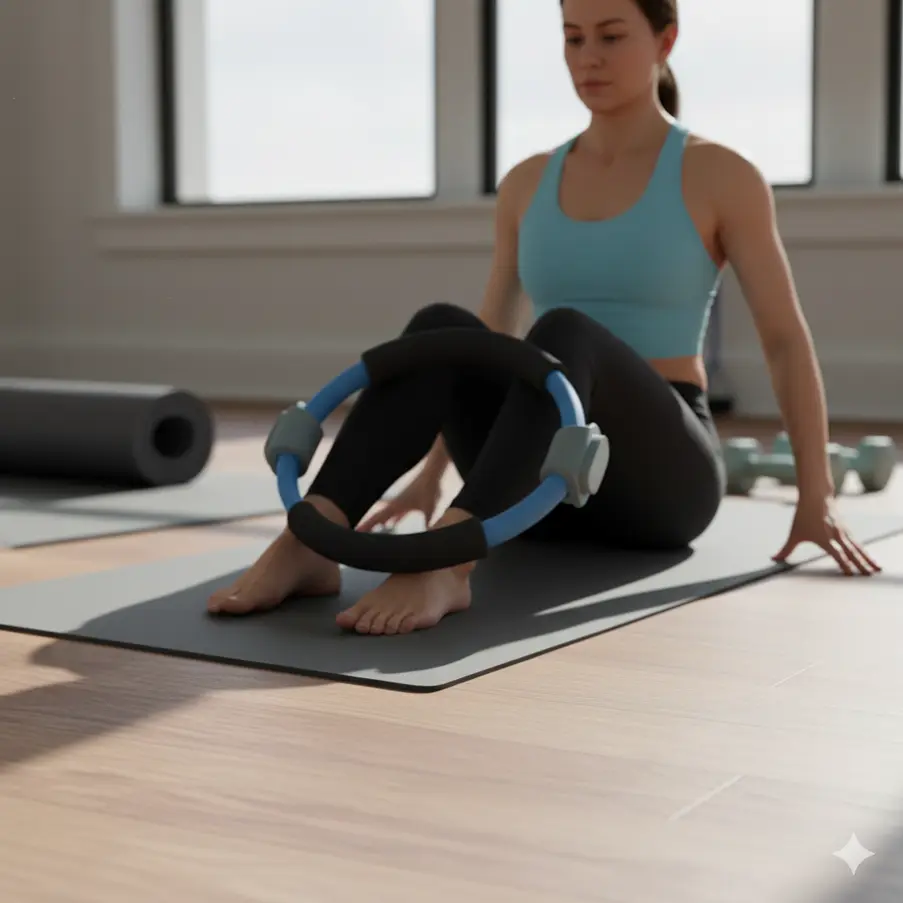
The Pilates Ring, often referred to as the magic circle, is a compact yet powerful piece of exercise equipment designed to add resistance and variety to traditional Pilates movements. At its core, the ring is a circular device, typically around 13 to 15 inches in diameter, constructed from flexible yet durable materials such as fiberglass or metal, and usually coated with a soft rubber exterior for comfort and grip. On either side of the circle, there are padded handles that allow users to apply pressure with their hands, thighs, or ankles, engaging different muscle groups in a controlled manner.
Although its design is simple, the Pilates Ring was intentionally created to complement the foundational principles of Pilates—control, concentration, precision, and breath. Joseph Pilates himself originally developed the concept, using rings made from the steel hoops of beer kegs. Over time, the design evolved into the modern version we see today, which is lighter, more comfortable, and accessible to a broader audience.
The Pilates Ring is not intended to replace other forms of resistance training but rather to enhance them. It provides light to moderate resistance, which makes it ideal for adding intensity to Pilates exercises without straining the body. Because of its versatility, it can be used in both mat-based workouts and reformer Pilates sessions, serving as a bridge between bodyweight training and more advanced equipment.
Another defining characteristic of the Pilates Ring is its adaptability for different fitness levels. Beginners can use it to improve muscle awareness and alignment, while intermediate and advanced practitioners can incorporate it to increase the challenge of standard movements. For example, squeezing the ring during a simple abdominal curl can significantly intensify the exercise, engaging the deep core muscles more effectively.
In essence, the Pilates Ring is an accessible, lightweight, and multifunctional tool that supports strength training, posture correction, and overall body conditioning. Whether used in a studio setting or at home, it offers a unique way to enrich a workout routine without the need for bulky equipment.
3. Benefits of the Pilates Ring
The Pilates Ring offers a wide range of benefits that go beyond simply adding resistance to exercises. Despite its small and lightweight design, it can significantly enhance the effectiveness of a workout by promoting better engagement of specific muscle groups and improving overall body mechanics. Because it is accessible and versatile, the ring can be used by people of all fitness levels, from beginners to experienced practitioners.
One of the most notable benefits of the Pilates Ring is its ability to strengthen the muscles of the core. By incorporating the ring into classic Pilates movements such as the hundred or abdominal curls, users can intensify the contraction of the abdominals and stabilizing muscles of the lower back. This results in improved core strength, which not only enhances posture but also provides better support for daily activities and reduces the risk of injury.
The Pilates Ring is also highly effective for targeting smaller, often overlooked muscles in the arms, legs, and glutes. Squeezing the ring between the thighs, for example, helps activate the inner thighs—a muscle group that can be difficult to isolate with standard bodyweight exercises. Similarly, pressing the ring with the hands or forearms works the chest, shoulders, and biceps in a controlled, low-impact way.
Another key benefit is the improvement of body alignment and posture. The feedback provided by the ring encourages proper form and muscle engagement, which is essential in Pilates practice. Over time, this heightened body awareness contributes to better balance, flexibility, and coordination.
From a practical standpoint, the Pilates Ring is portable, lightweight, and easy to incorporate into home workouts. Unlike heavy equipment, it can be carried in a bag and used almost anywhere, making it a convenient option for people with busy lifestyles. Furthermore, because the resistance it provides is gentle yet effective, it is suitable for individuals recovering from injury or those seeking a low-impact alternative to traditional strength training.
In summary, the Pilates Ring enhances muscle strength, improves posture, promotes flexibility, and offers an accessible way to enrich a workout routine. Its adaptability ensures that it can support a wide variety of fitness goals, from toning and conditioning to rehabilitation and overall wellness.
4. How to Use the Pilates Ring
Using the Pilates Ring may seem straightforward at first, but to fully benefit from this versatile accessory, it is important to understand the basics of posture, alignment, and technique. The ring is designed to provide gentle resistance, which means the focus should always be on controlled movements rather than brute force. When used correctly, it can help engage muscles more deeply, enhance body awareness, and improve the overall effectiveness of a Pilates workout.
The first step in using the Pilates Ring is to maintain proper posture. Whether sitting, standing, or lying on a mat, practitioners should ensure that the spine is lengthened, shoulders are relaxed, and the core is gently engaged. This foundation allows the ring to be incorporated smoothly into exercises without placing unnecessary strain on the joints. Breathing also plays a key role: controlled inhales and exhales help stabilize the body and maximize muscle activation.
The Pilates Ring can be used in different positions depending on the target muscle group. Placing it between the hands allows for resistance training of the chest, shoulders, and arms. Positioning it between the thighs or ankles engages the inner thighs, glutes, and lower body muscles. Holding the ring overhead during core exercises, such as abdominal curls, intensifies the workout by adding an element of balance and resistance.
It is generally recommended to start with short sessions, incorporating the ring into two or three exercises per workout. Beginners may practice simple squeezes to become familiar with the sensation of resistance, while more advanced users can combine the ring with traditional Pilates sequences to increase intensity. Over time, as strength and control improve, the ring can be integrated into longer routines or used alongside other equipment.
Safety is another important aspect. The resistance of the Pilates Ring is moderate, but users should avoid over-squeezing, which can lead to strain. Instead, the goal should be to perform movements with precision and control, focusing on quality over quantity. Consistent practice, even just a few minutes per day, can produce noticeable improvements in muscle tone, posture, and overall fitness.
In short, the Pilates Ring is most effective when used mindfully. By combining proper posture, breathing, and controlled resistance, practitioners can transform simple exercises into highly effective workouts that strengthen and align the body.
5. Pilates Ring Exercises (with Practical Examples)
One of the greatest advantages of the Pilates Ring is its versatility. This compact accessory can be used to target multiple areas of the body, from the upper body to the core and lower body. Because it provides gentle resistance, it is suitable for beginners yet still challenging enough for advanced practitioners. Below are examples of effective exercises that can be easily incorporated into a Pilates workout.
Upper Body Exercises
A common way to use the ring for the upper body is by holding it between the palms and pressing inward. For example, the Chest Press involves sitting or standing with the spine tall, holding the ring at chest level, and gently squeezing it. This movement activates the chest, shoulders, and arms. Another effective variation is the Overhead Press, where the ring is held above the head and pressed slightly inward. This engages the shoulders and upper back while also requiring core stabilization.
Core Exercises
The Pilates Ring is particularly effective for strengthening the abdominals and stabilizing muscles. In the Ab Curl with Ring, the practitioner lies on the mat with knees bent and holds the ring above the thighs. As the torso lifts into a curl, the ring is pressed inward to deepen the contraction of the abdominal muscles. Another variation is the Ring Twist, where the ring is held in front of the chest while rotating the torso side to side. This exercise targets the obliques and improves spinal mobility.
Lower Body Exercises
For the lower body, the ring can be placed between the thighs or ankles. The Inner Thigh Squeeze is a simple yet powerful exercise: lying on the mat with knees bent and feet flat, the ring is placed between the thighs and gently squeezed while engaging the core. This strengthens the inner thighs and pelvic floor muscles. Another variation is the Bridge with Ring, where the same position is used, but the hips are lifted into a bridge as the thighs squeeze the ring. This works the glutes, hamstrings, and core simultaneously.
Beginner-Friendly Routine
A balanced beginner routine might include:
-
10 reps of Chest Press
-
10 reps of Ab Curl with Ring
-
10 reps of Inner Thigh Squeeze
Repeating this sequence two to three times creates a short yet effective workout that strengthens multiple muscle groups in under 15 minutes.
By practicing these exercises consistently, users can improve strength, posture, and flexibility, making the Pilates Ring a valuable tool for total-body conditioning.
6. Pilates Ring vs. Other Pilates Accessories
Pilates offers a wide variety of accessories designed to add resistance, support, and variety to workouts. Among them, the Pilates Ring holds a unique position, but it is often compared to other popular tools such as resistance bands, stability balls, and foam rollers. Understanding how the ring differs from these accessories can help practitioners choose the most suitable option for their needs.
Resistance Bands are lightweight, elastic tools that provide variable resistance depending on how far they are stretched. Like the Pilates Ring, they are highly portable and versatile. However, bands typically allow for a broader range of resistance levels and can be adjusted to target larger muscle groups more effectively. On the other hand, the ring provides a more stable form of resistance, making it easier for beginners to control. The tactile feedback of squeezing the ring also helps users maintain proper alignment, something that bands do not always provide.
Stability Balls are often used in Pilates to challenge balance and core engagement. Unlike the Pilates Ring, which offers direct resistance, stability balls emphasize coordination and stability by creating an unstable surface. While the ball is excellent for enhancing balance and flexibility, it requires more space and is less convenient to transport. The ring, by contrast, is compact and easier to incorporate into short workouts or travel routines.
Foam Rollers serve a different purpose altogether, primarily focusing on muscle recovery and flexibility through self-myofascial release. While they are excellent for relieving tension and improving mobility, they do not provide the same strengthening benefits as the Pilates Ring. Many practitioners use both tools together, with the roller for recovery and the ring for strength training.
In summary, while each Pilates accessory offers unique advantages, the Pilates Ring stands out for its simplicity, portability, and ability to engage smaller, hard-to-target muscle groups. It provides a middle ground between the resistance of bands and the balance challenge of stability balls. For individuals looking for a compact, versatile, and easy-to-use tool that enhances both strength and alignment, the Pilates Ring is often the preferred choice.
7. Buying Guide and Maintenance
Choosing the right Pilates Ring can make a big difference in your overall experience with this accessory. Although most rings share the same basic design, there are variations in size, resistance, and material that can affect comfort and durability. A well-chosen ring should match your fitness level, personal goals, and budget, while proper maintenance ensures that it remains safe and effective for long-term use.
When shopping for a Pilates Ring, one of the first factors to consider is resistance level. Some rings are more flexible and provide lighter resistance, making them suitable for beginners or for rehabilitation exercises. Others are firmer and require greater effort to squeeze, which can be more appropriate for advanced users who want a greater challenge. Beginners may find it useful to start with a softer ring and gradually progress to firmer versions as their strength improves.
Size and material also matter. The standard diameter is usually between 13 and 15 inches, which works well for most adults. Smaller rings are available and can be more comfortable for individuals with shorter limbs. In terms of material, rings with a fiberglass or steel core tend to be more durable, while those made entirely of plastic may be less long-lasting. The outer coating should provide a good grip, and padded handles on both the inside and outside of the ring add comfort during use.
Price is another consideration. While Pilates Rings are relatively affordable compared to larger fitness equipment, quality can vary. Investing in a mid-range or higher-quality ring often ensures better durability and comfort, especially if you plan to use it regularly.
Once purchased, proper maintenance helps extend the life of the Pilates Ring. It should be stored in a cool, dry place away from direct sunlight, as heat can weaken the materials over time. Regular cleaning with a damp cloth and mild soap prevents the buildup of sweat and bacteria. Avoid using harsh chemicals or soaking the ring, as this can damage the coating. Additionally, inspect the ring periodically for signs of wear, such as cracks or loss of elasticity, and replace it if needed to maintain safety.
By selecting a ring that fits your needs and caring for it properly, you can enjoy consistent performance and long-lasting results. This thoughtful approach ensures that the Pilates Ring remains a reliable and effective tool in your fitness journey.
8. Conclusion
The Pilates Ring, also known as the magic circle, may appear simple at first glance, but its impact on a fitness routine is far from minimal. As we have seen, this small and lightweight accessory has the ability to enhance Pilates practice by promoting strength, alignment, flexibility, and body awareness. Unlike larger or more complex equipment, the ring offers an accessible way for individuals at all levels—beginners, intermediate, and advanced practitioners—to enjoy the benefits of resistance training without feeling overwhelmed.
One of its greatest advantages is versatility. The Pilates Ring can be incorporated into exercises that target the upper body, core, and lower body, making it a valuable all-in-one tool. Whether you are looking to strengthen your inner thighs, tone your arms, or challenge your abdominal muscles, the ring provides an effective and low-impact solution. It also encourages proper posture and alignment by offering immediate feedback, which is essential for avoiding injuries and maximizing results.
From a practical perspective, the Pilates Ring stands out for its portability and convenience. It can be used in studios, at home, or even while traveling, which makes it easy to maintain a consistent workout routine. Its affordability compared to larger equipment also means that more people can access the benefits of Pilates without investing heavily in bulky machines.
Another important aspect is its adaptability. For those seeking rehabilitation or gentle conditioning, the ring provides light resistance that supports safe progress. At the same time, advanced users can integrate it into more demanding routines to intensify traditional Pilates exercises. This flexibility ensures that the Pilates Ring remains a relevant and useful tool across different fitness stages and goals.
In conclusion, the Pilates Ring is much more than just an accessory—it is a practical, effective, and versatile addition to any workout routine. By combining portability, affordability, and the ability to target multiple muscle groups, it empowers individuals to improve their strength, posture, and overall well-being. Incorporating this tool into regular practice is a simple yet powerful step toward a balanced and healthier lifestyle.
9. FAQ (Frequently Asked Questions)
1. Does the Pilates Ring help with weight loss?
The Pilates Ring itself is not a weight loss tool, but it can contribute to a weight management program by supporting muscle strengthening, toning, and improved posture. By engaging multiple muscle groups, it increases calorie expenditure during workouts and enhances muscle definition. When combined with a balanced diet and regular cardiovascular activity, the Pilates Ring can play an effective role in overall weight management.
2. Can beginners use the Pilates Ring?
Yes. The Pilates Ring is designed to be accessible to people of all fitness levels. Beginners can start with basic exercises such as chest presses or inner thigh squeezes to get accustomed to the resistance. The feedback provided by the ring also helps users develop greater body awareness, which is particularly helpful for those just starting Pilates. As confidence and strength grow, more advanced exercises can gradually be introduced.
3. Is the Pilates Ring suitable for people with back problems?
The Pilates Ring can be beneficial for individuals with mild back discomfort, as it promotes core strengthening and posture improvement, both of which help support the spine. However, those with chronic back pain or medical conditions should consult a healthcare professional before incorporating it into their routine. A certified Pilates instructor can also provide guidance on safe modifications to avoid strain.
4. What is the best size for a Pilates Ring?
The standard size for most Pilates Rings ranges from 13 to 15 inches in diameter. This size works well for the majority of adults, offering a balance between comfort and effectiveness. Smaller rings may be more suitable for individuals with shorter limbs or for targeting specific muscle groups. Ultimately, the best size depends on body proportions and personal comfort during exercises.
5. How often should I use the Pilates Ring?
For general fitness, two to three sessions per week are sufficient to see noticeable results in muscle tone and strength. More advanced practitioners may choose to use the ring daily, incorporating it into a variety of Pilates routines. The key is consistency—regular use, even in shorter sessions, tends to be more effective than sporadic workouts.
6. How long does a Pilates Ring last?
With proper care, a high-quality Pilates Ring can last several years. Durability depends on the material and frequency of use. Regular inspection is recommended, and the ring should be replaced if cracks, warping, or reduced resistance are noticed, as these may compromise safety.


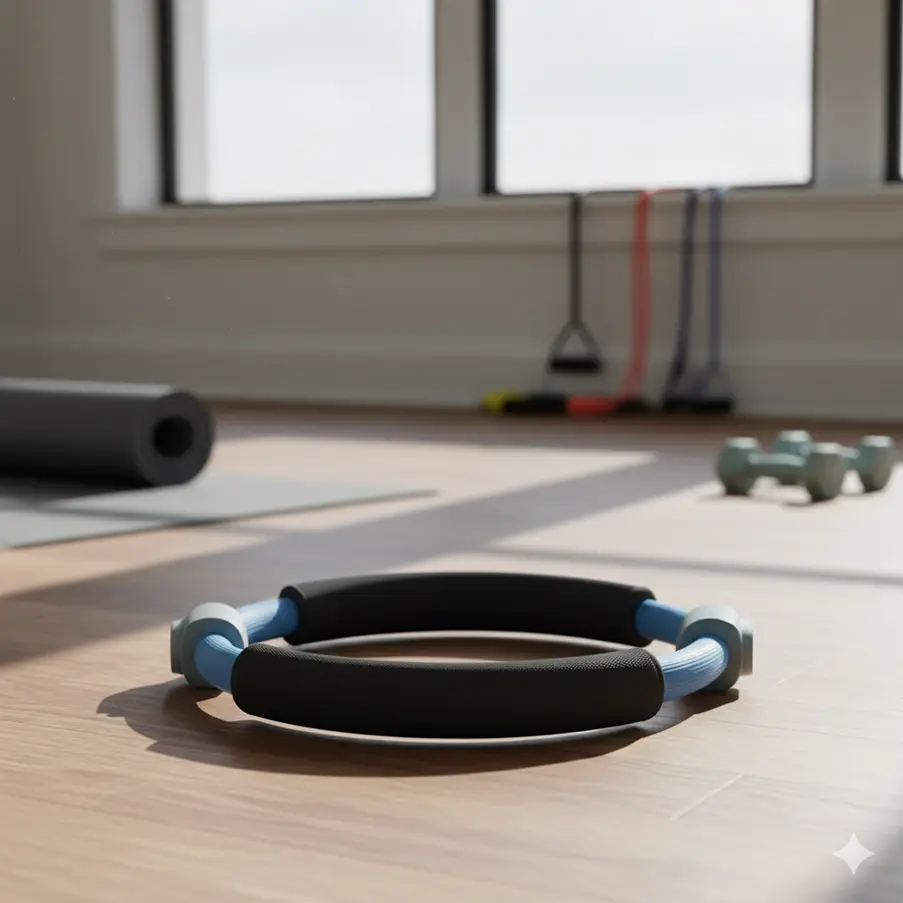


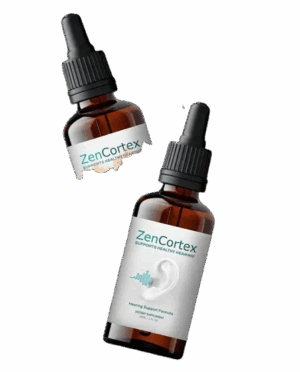






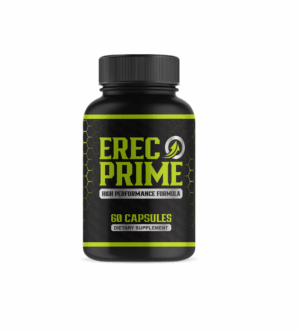

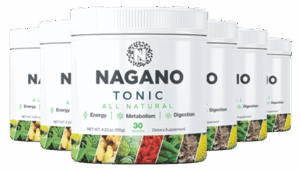
$ 99,00Original price was: $ 99,00.$ 79,00Current price is: $ 79,00.$ 59,00Original price was: $ 59,00.$ 39,00Current price is: $ 39,00.$ 79,00Original price was: $ 79,00.$ 49,00Current price is: $ 49,00.$ 99,00Original price was: $ 99,00.$ 79,00Current price is: $ 79,00.$ 79,00Original price was: $ 79,00.$ 49,00Current price is: $ 49,00.